Planning Your Eclipse Camping Trip: First Steps
Before diving into specific locations, consider these essential planning elements:
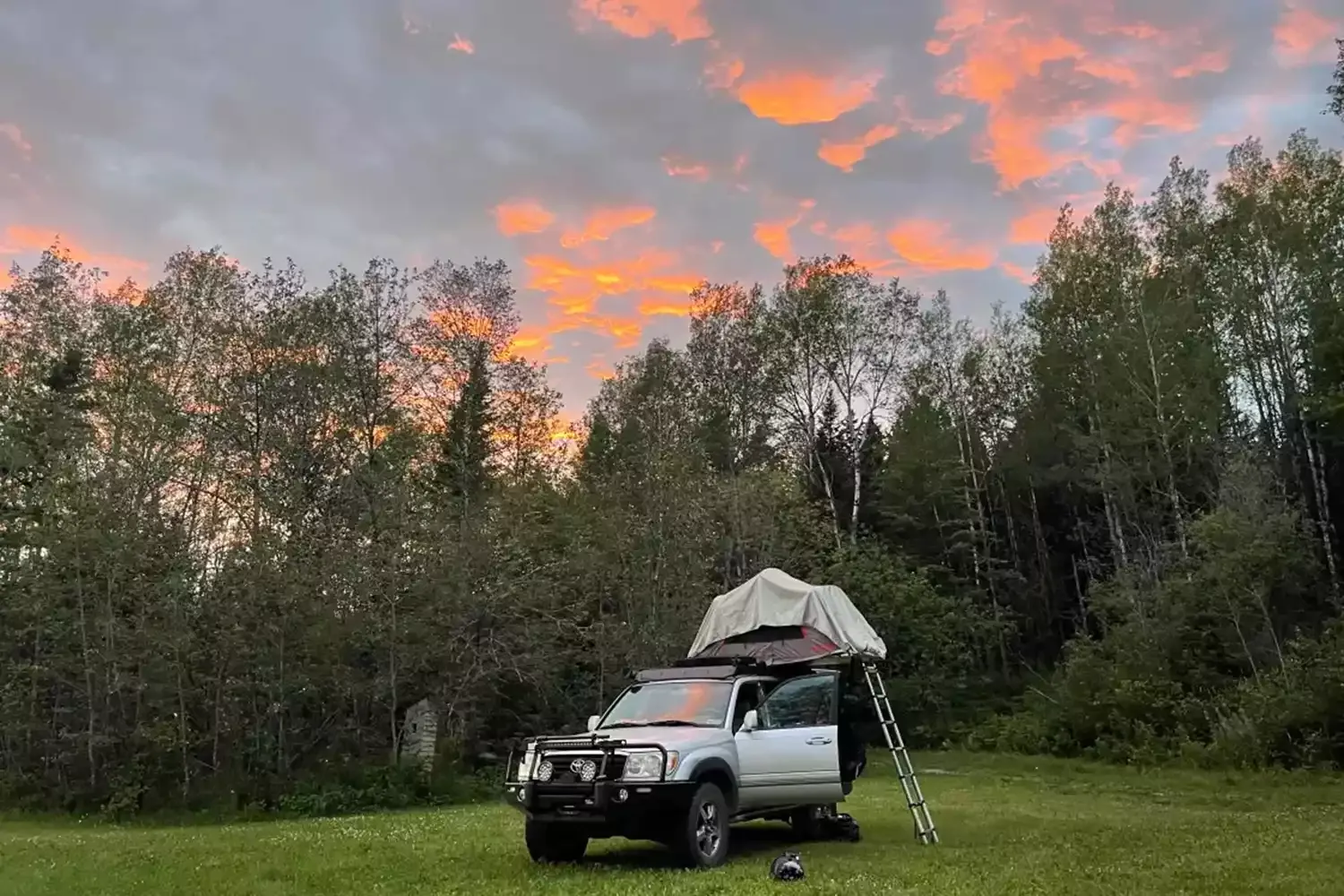
Maximize your eclipse experience! Planning a camping trip for the total solar eclipse? Discover prime camping destinations offering clear skies and optimal viewing. Our guide helps you find the perfect spot, considering factors like location, accessibility, and amenities. Don't miss this celestial event – start planning your eclipse camping adventure now!
Before diving into specific locations, consider these essential planning elements:
Now, let's get to the exciting part: finding the perfect spot! Use these resources and strategies to narrow down your options:
Once you have a list of potential locations, evaluate them based on these factors:
Here's an example of how you can compare potential camping destinations using a chart. This helps to visually assess each location based on key criteria.
Location Accessibility Amenities Crowd Potential Weather History Overall Rating Grand Canyon National Park (North Rim) Moderate (Requires driving on winding roads) Restrooms, water, limited showers High Generally clear skies 8/10 Carbondale, Illinois (Private Campground) Easy (Close to major highways) Full hookups, restrooms, showers, Wi-Fi Very High Mixed; chance of clouds 7/10 Buffalo River, Arkansas (Dispersed Camping) Difficult (Requires hiking on uneven terrain) None Low Generally clear skies, but potential for thunderstorms 6/10 Hill Country, Texas (Enchanted Rock State Natural Area) Moderate (Requires reservation for entry) Restrooms, limited water, dark skies High Good 9/10
Regardless of your chosen location, be sure to pack these essential items:
Remember to prioritize safety and respect for the environment during your eclipse camping experience. Follow these guidelines:
With careful planning and preparation, you can create an unforgettable total solar eclipse camping trip. Embrace the adventure, immerse yourself in nature, and prepare to be amazed by the wonders of the universe!

Trip Ideas
Caribbean Calling

Trip Ideas
Mexico's 'Napa Valley' Has More Than 100 Wineries, Tuscan-style Villas, and Beautiful Boutique Hotels — How to Visit
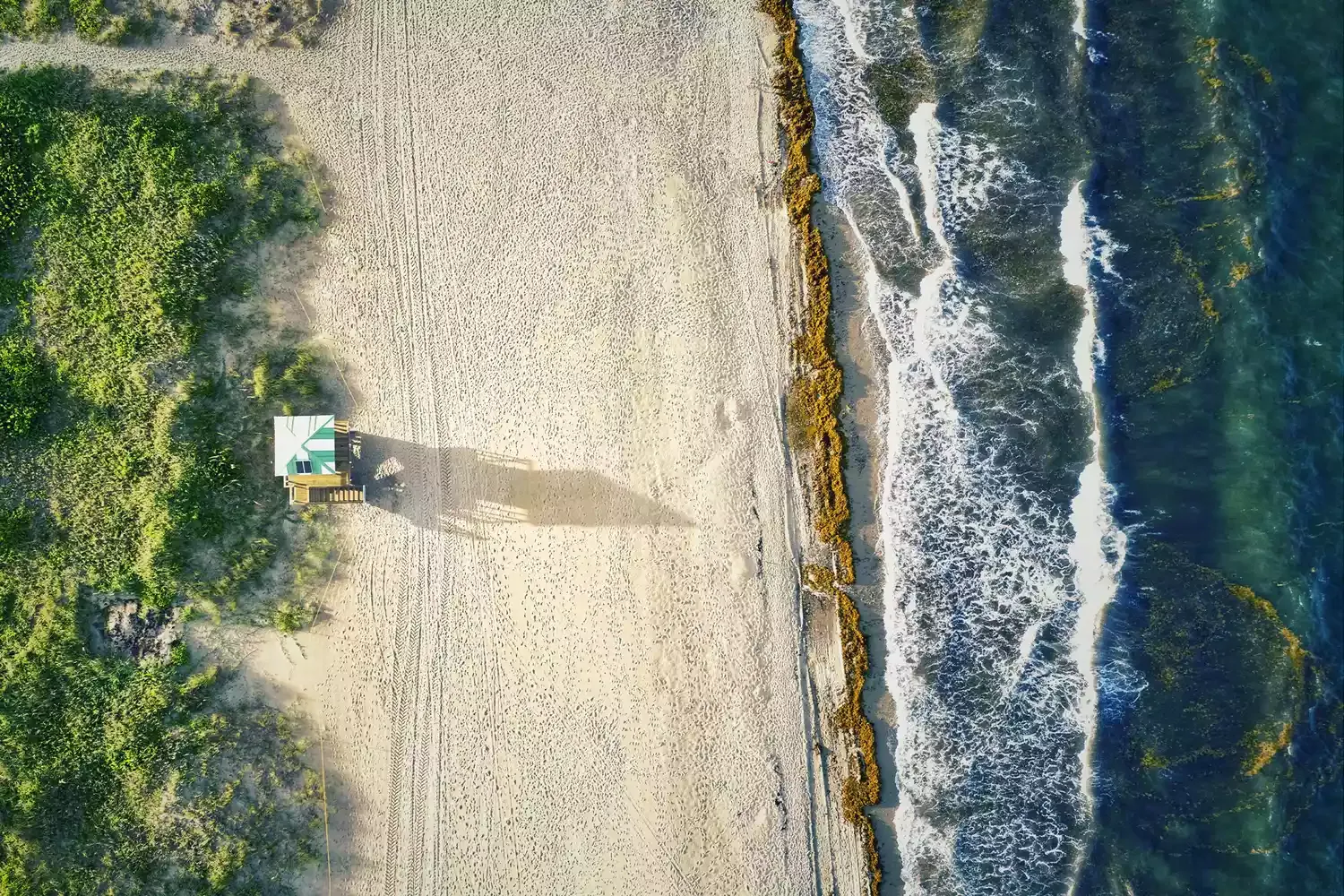
Trip Ideas
This Beach Was Named the Cleanest on the U.S. East Coast
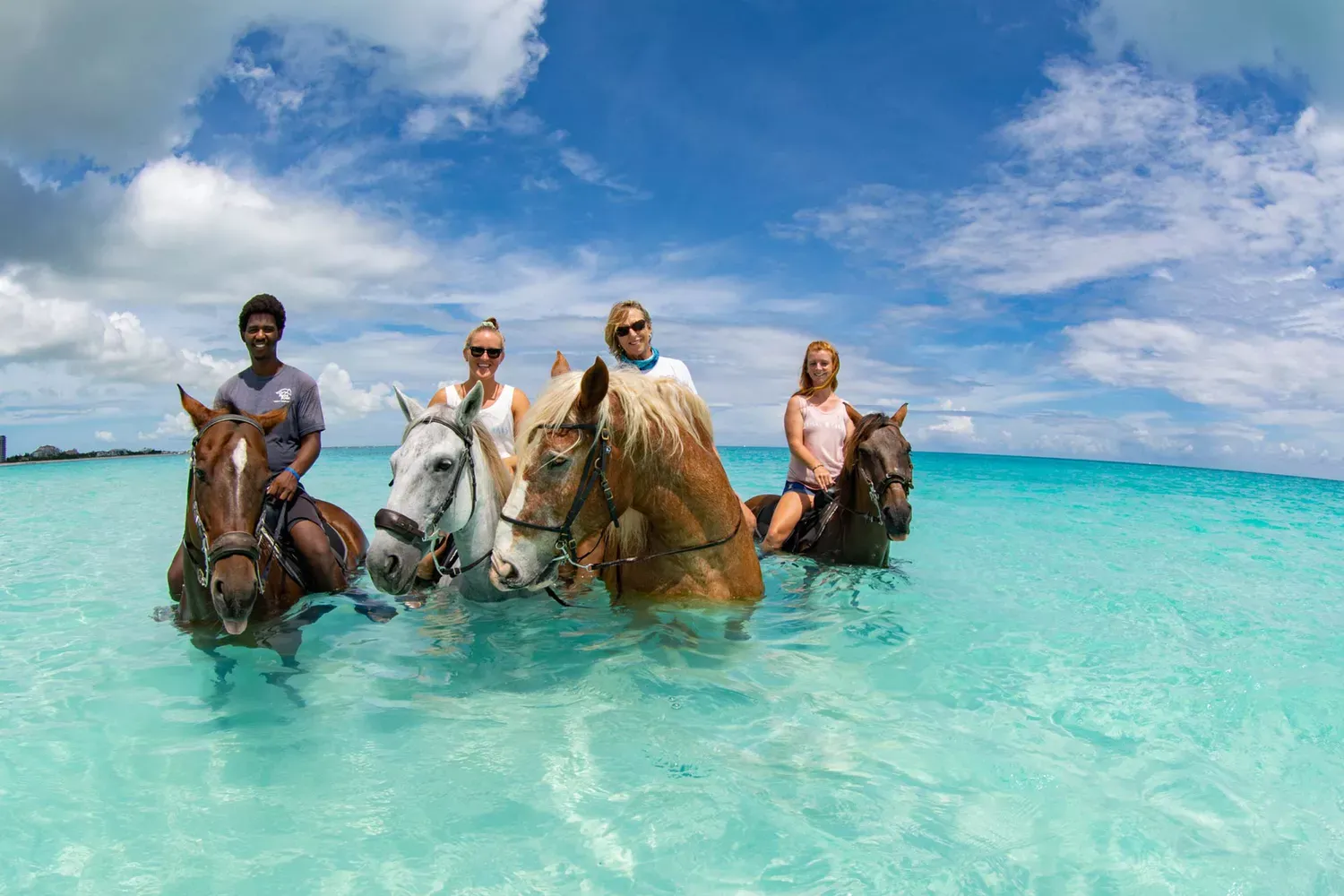
Trip Ideas
20 Best Things to Do in Turks and Caicos, According to Locals

Trip Ideas
These Hotels and Airports Are Going Above and Beyond to Support Neurodiverse Families

Trip Ideas
A New Generation Is Discovering the Bliss of Yacht Charters — and They're More Reasonably Priced Than You Think

Trip Ideas
Road Tripping While Black in the U.S. — Episode 17 of Travel + Leisure’s New Podcast
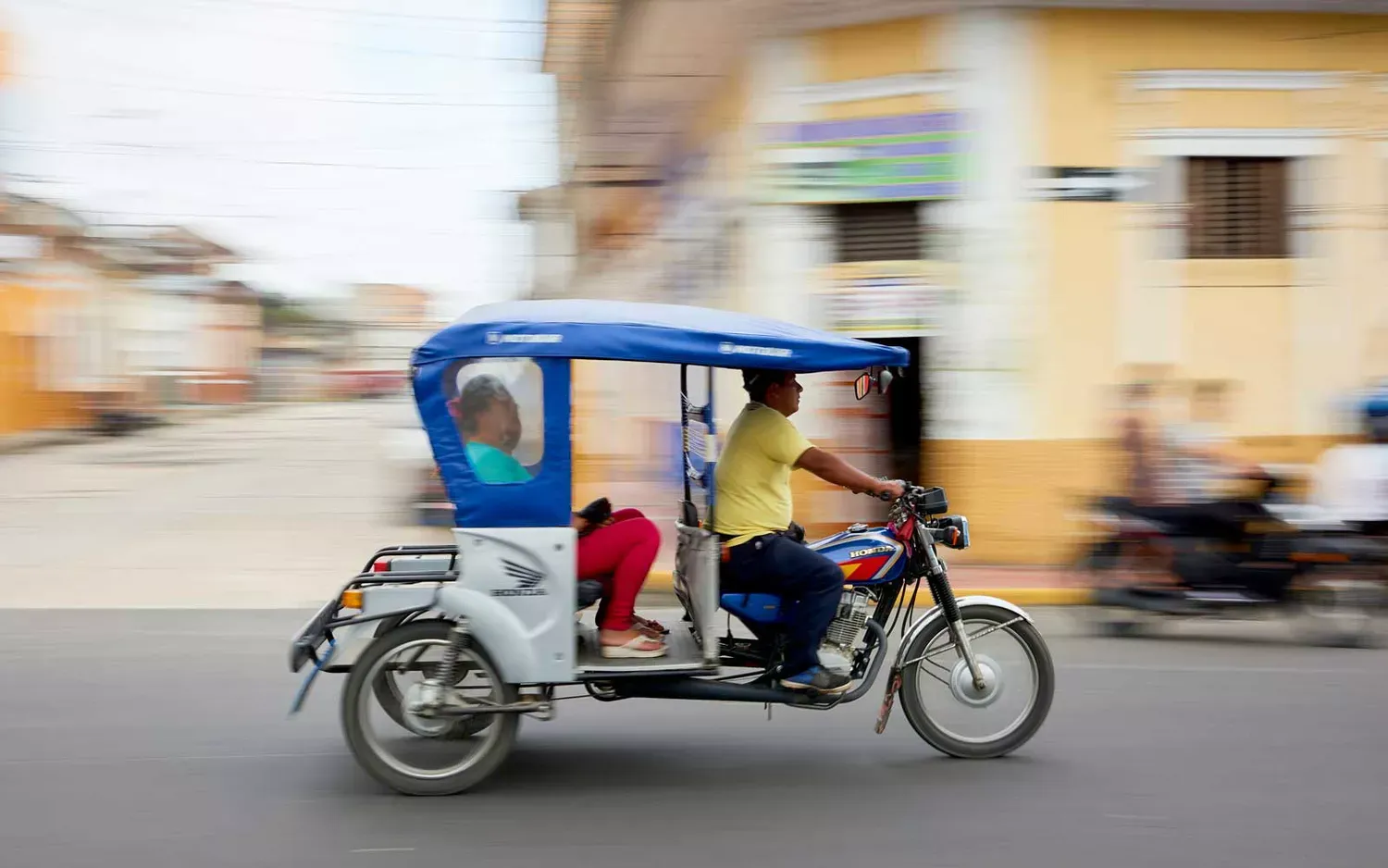
Trip Ideas
From Luxury Resorts to Delicious Street Food: 12 Reasons to Visit Peru

Trip Ideas
This Highly Anticipated Italian Train Is Taking Reservations Soon — Here's a Peek Inside

Trip Ideas
Disney Reveals Details on New Rides, Park Revamps, and 100th Anniversary Celebrations

Trip Ideas
21 Beautiful Islands Around the World, From Martha's Vineyard to Bora Bora
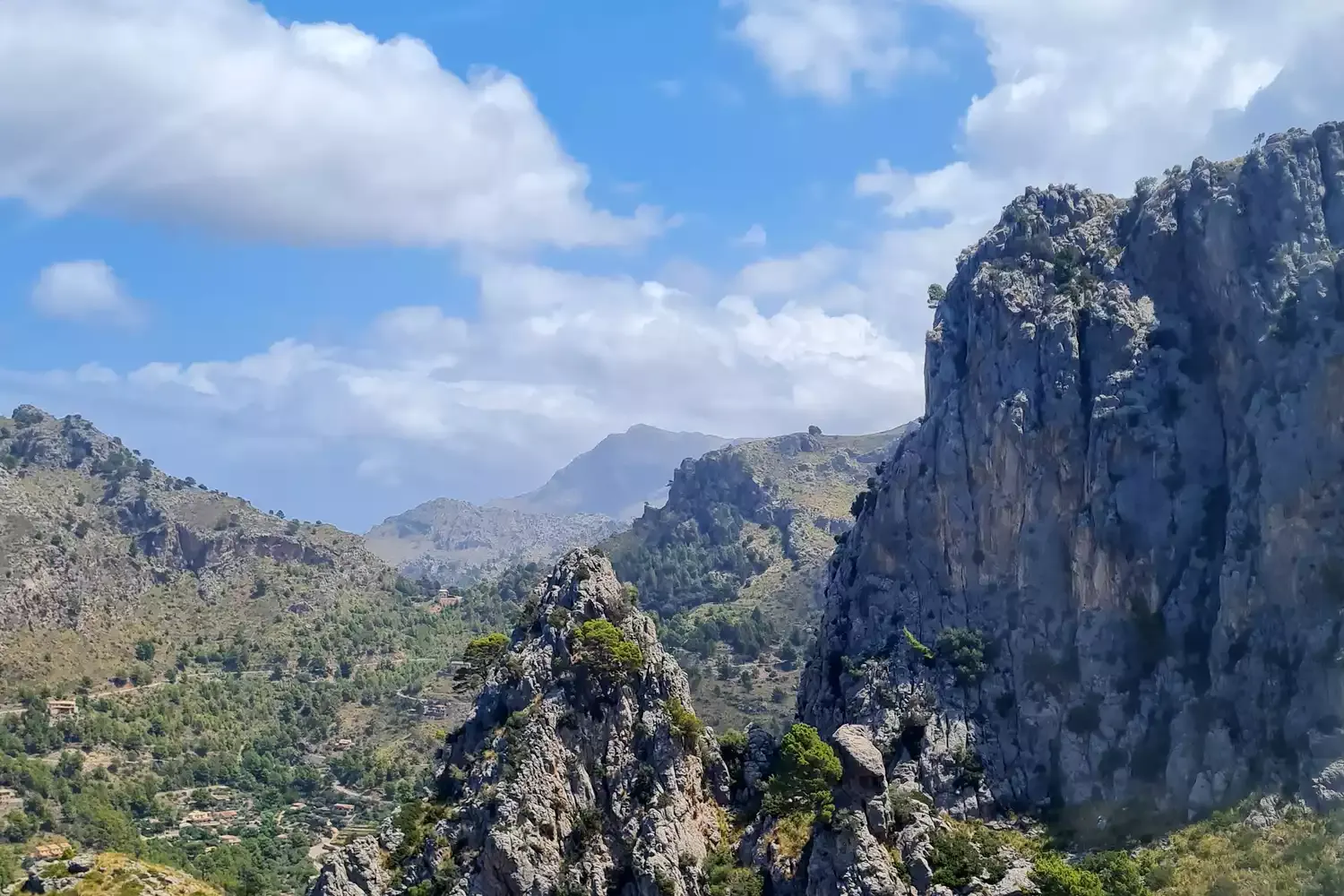
Trip Ideas
This Exclusive Helicopter Dining Experience Is the Best Way to See the 'Grand Canyon of Mallorca’

Trip Ideas
The Ritz-Carlton Yacht Collection's First Ship Sets Sail in October — and We Got a Sneak Peek Inside

Trip Ideas
This Ski Resort Is a Hidden Gem in the American West — With More Than 300 Days of Sunshine a Year
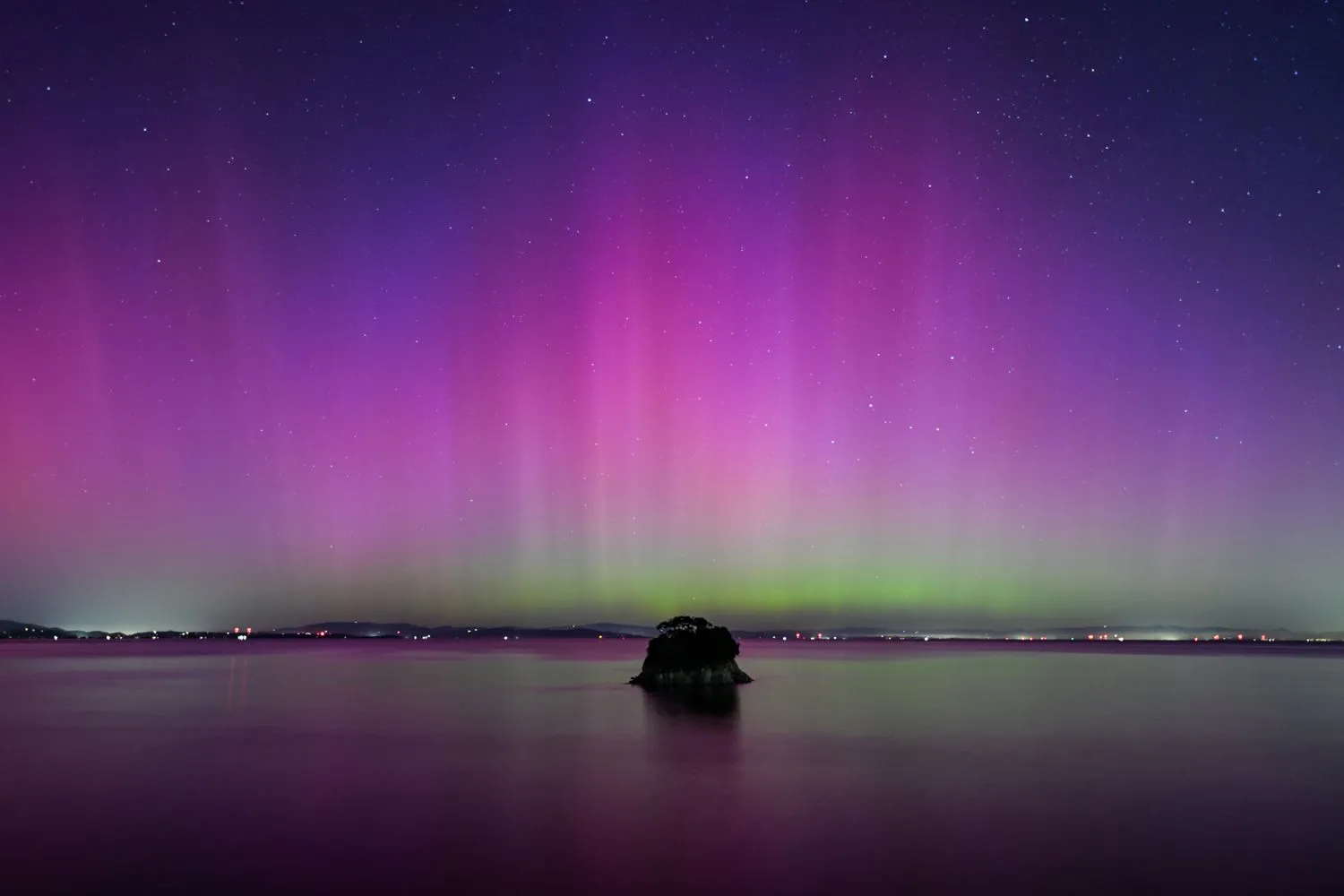
Trip Ideas
You May Be Able to See the Northern Lights Tonight — What to Know
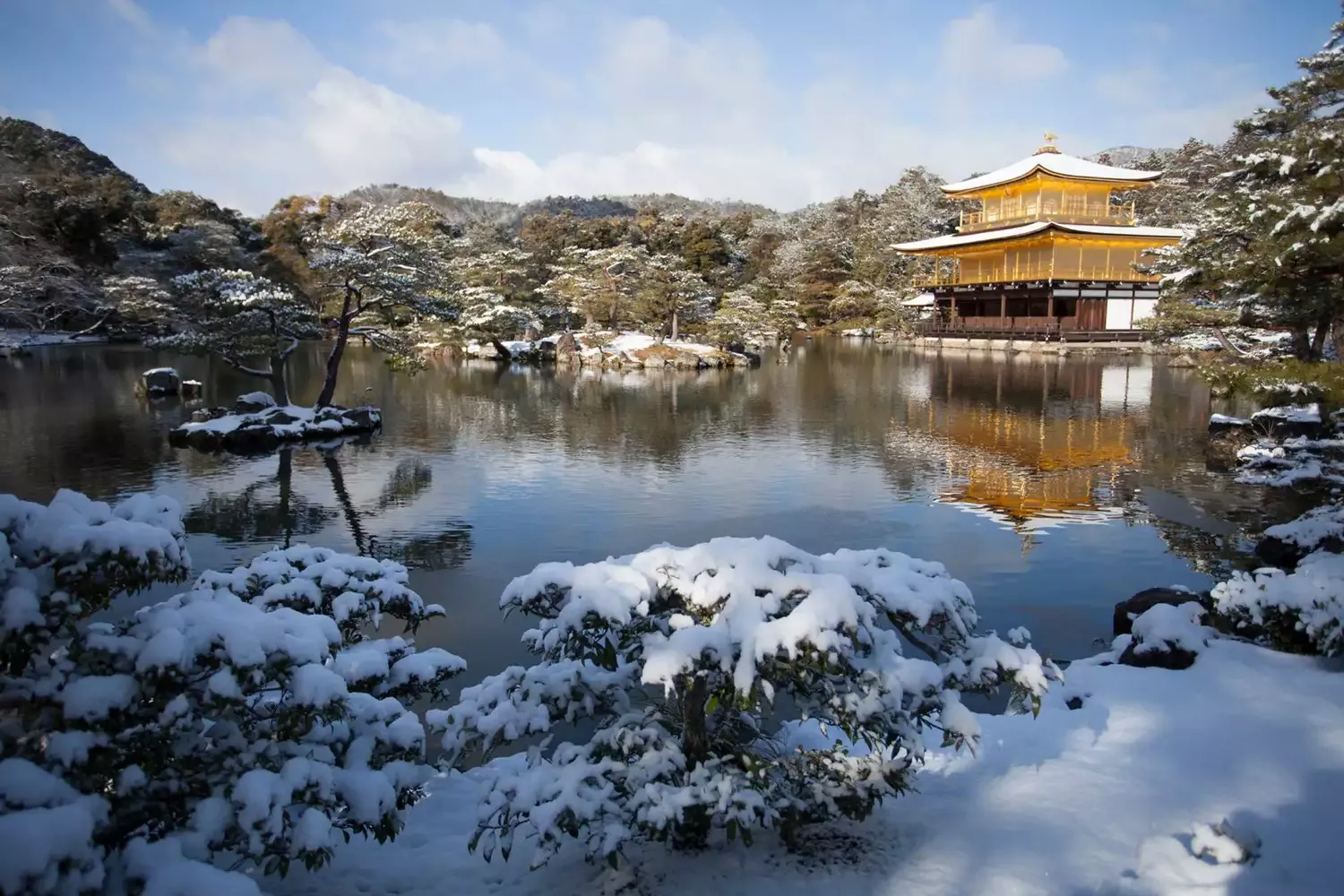
Trip Ideas
Kyoto Is One of the Best Places to Travel in 2023 — and Winter Is an Underrated Time to Visit